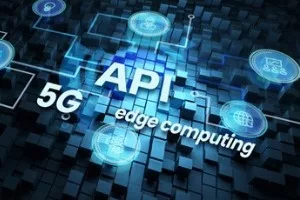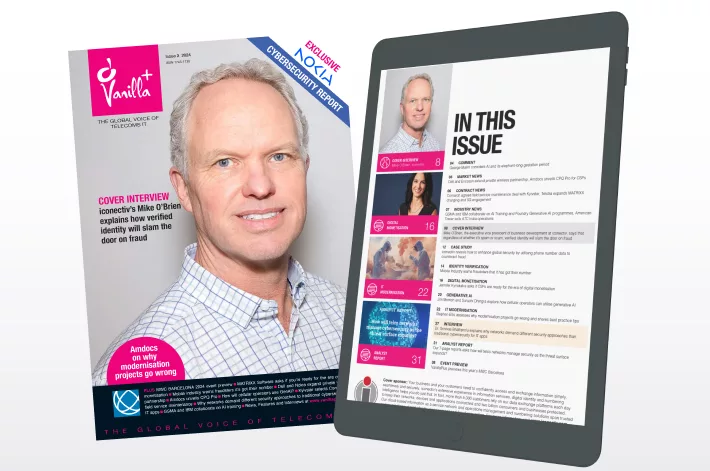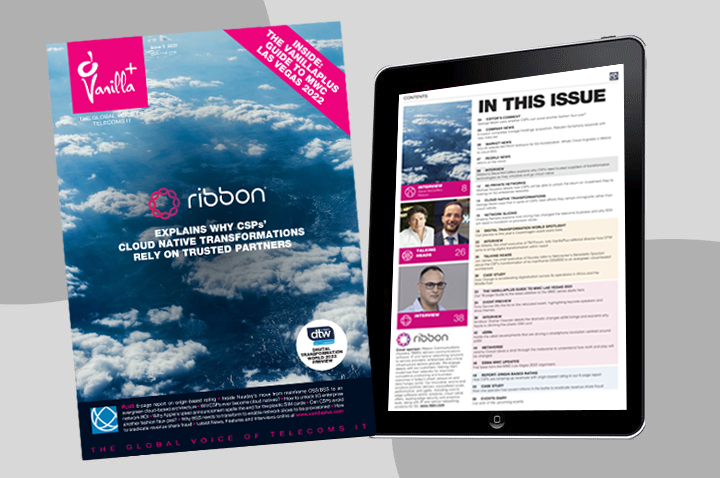ETSI has just released a new white paper on “MEC Support for Edge Native Design” written by members of the ETSI Industry Specification Group on Multi-access edge computing (ISG MEC). This white paper provides an overview and vision about the edge native approach, as a natural evolution of cloud native.
It explains in detail the concept of “Edge Native”, describes what Edge Native means for edge developers to build their applications and introduces how ETSI ISG MEC and other organisations support this Edge Native design paradigm. In particular, the White Paper guides developers in the principles and specific requirements of edge computing and how they can combine them with the modern architectural approach introduced by Cloud Native. It also gives insight into the general technical community interested in ETSI MEC solutions or Edge Native application design concepts.
Multi-access Edge Computing (MEC) is a promising technology that brings applications and services closer to the end-user, thus providing lower network latency, better data privacy and other benefits that are critical for business scenarios such as V2X, AR/VR and industry 4.0.
MEC enables a flexible environment for deploying and managing edge applications by adopting cloud-based technologies, e.g., virtualisation, service-based management and heterogeneous hardware management. However, the edge environment has a few key characteristics that distinguish it from the traditional cloud environment, leading to specific requirements for both the edge applications and edge system.
For example, the edge environment usually has limited resources and is geo-spatially distributed, and users/clients are likely to move while using the edge services. These characteristics led to the emergence of the Edge Native concept. Edge Native, which is inspired by cloud native, refers to building and running edge applications which take the above-mentioned edge environment characteristics into account and can best utilise the edge environment capabilities.
Since its foundation in 2014, the ETSI Industry Specification Group (ISG) MEC has been focusing on the definition and standardisation of the MEC system, taking into consideration the challenges of the edge environment. In addition to ETSI, other organisations such as Eclipse and Linux Foundation (LF) are also working in this area e.g., by studying how to enable the Edge Native design and provide tools and guidelines for the application developers. This White Paper gives a summary of the existing works in the industry and their support for the Edge Native design.
The authors of the White Paper conclude that the ETSI MEC standard (synergised with 3GPP specifications) can offer a footprint for interoperability, API basic design principles to ensure universal adoption, and possibly also some guidelines for API abstraction, complementing the work of open-source projects. Therefore, to fully exploit edge capabilities and for the adoption of edge native design principles from application development communities, joint efforts from open source and standards will be needed.
“This effort is also aligned with the plans in ETSI MEC to transition toward the next MEC Phase 4 from 2024 to 2026”, says Dario Sabella, chair of ETSI ISG MEC. “In fact, the recently approved MEC Terms of Reference include topics for the MEC evolution toward the support cloud native communication systems and edge native design for application developers (also with container support). These are key technologies that are expected to play a role for the future of MEC”.
Comment on this article below or via Twitter: @VanillaPlus OR @jcvplus






